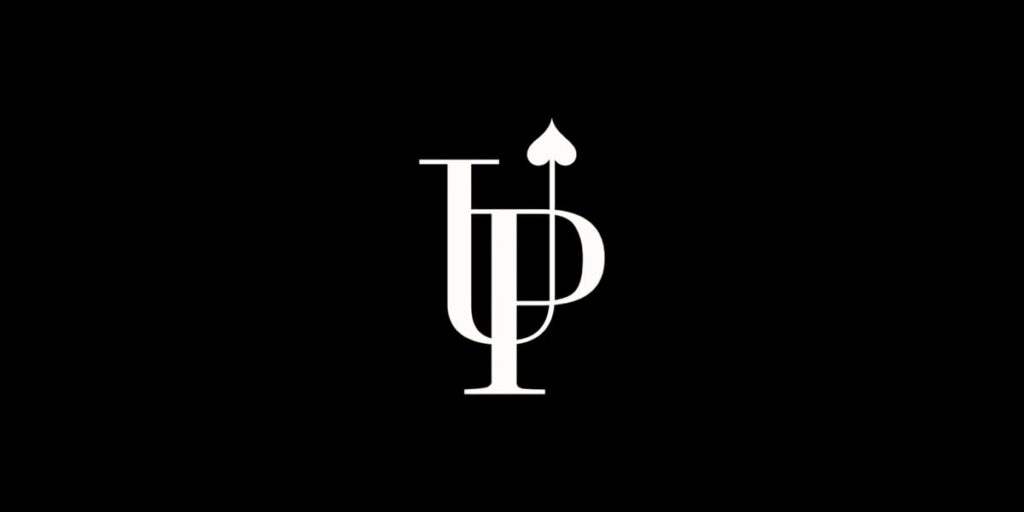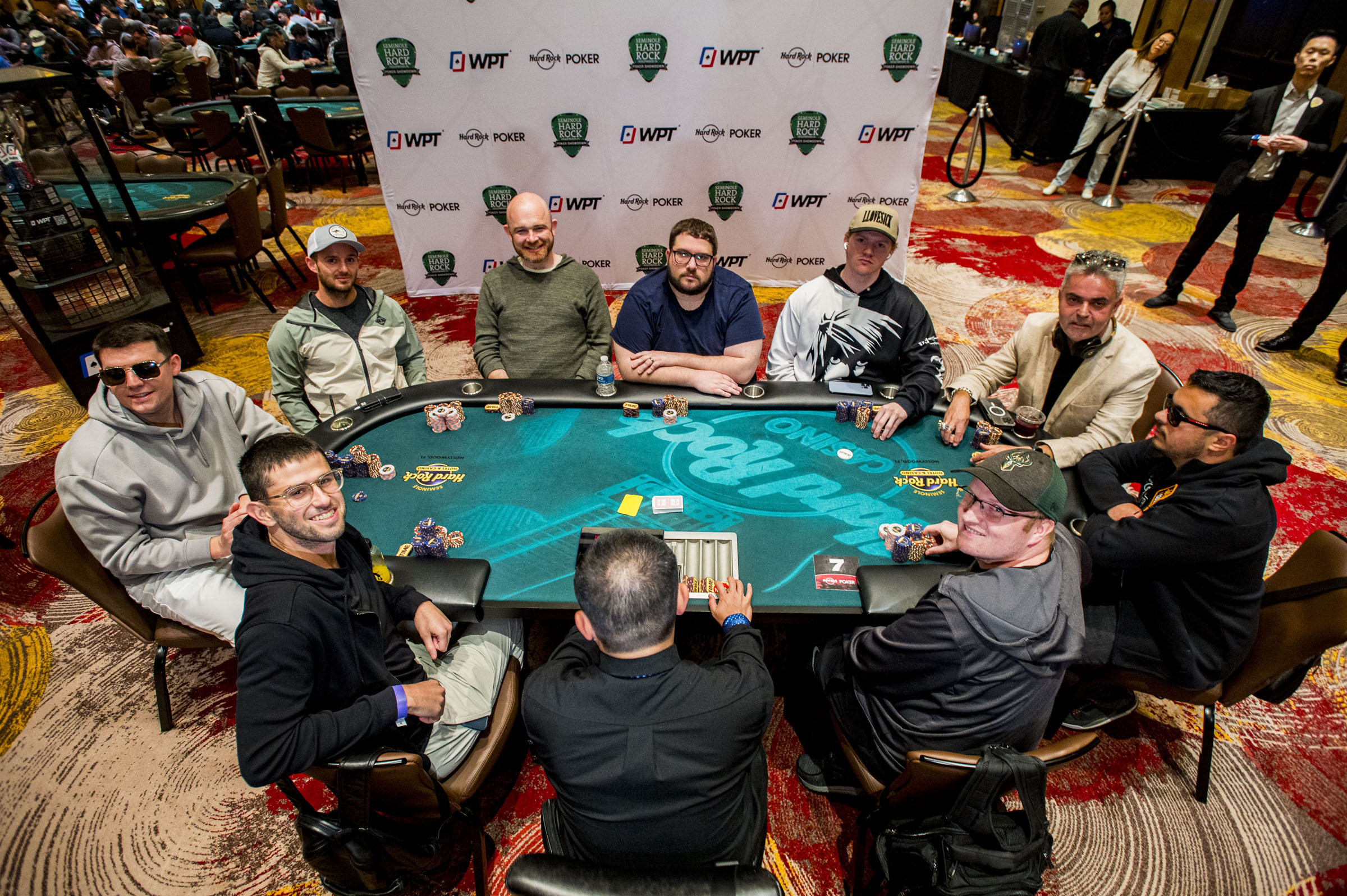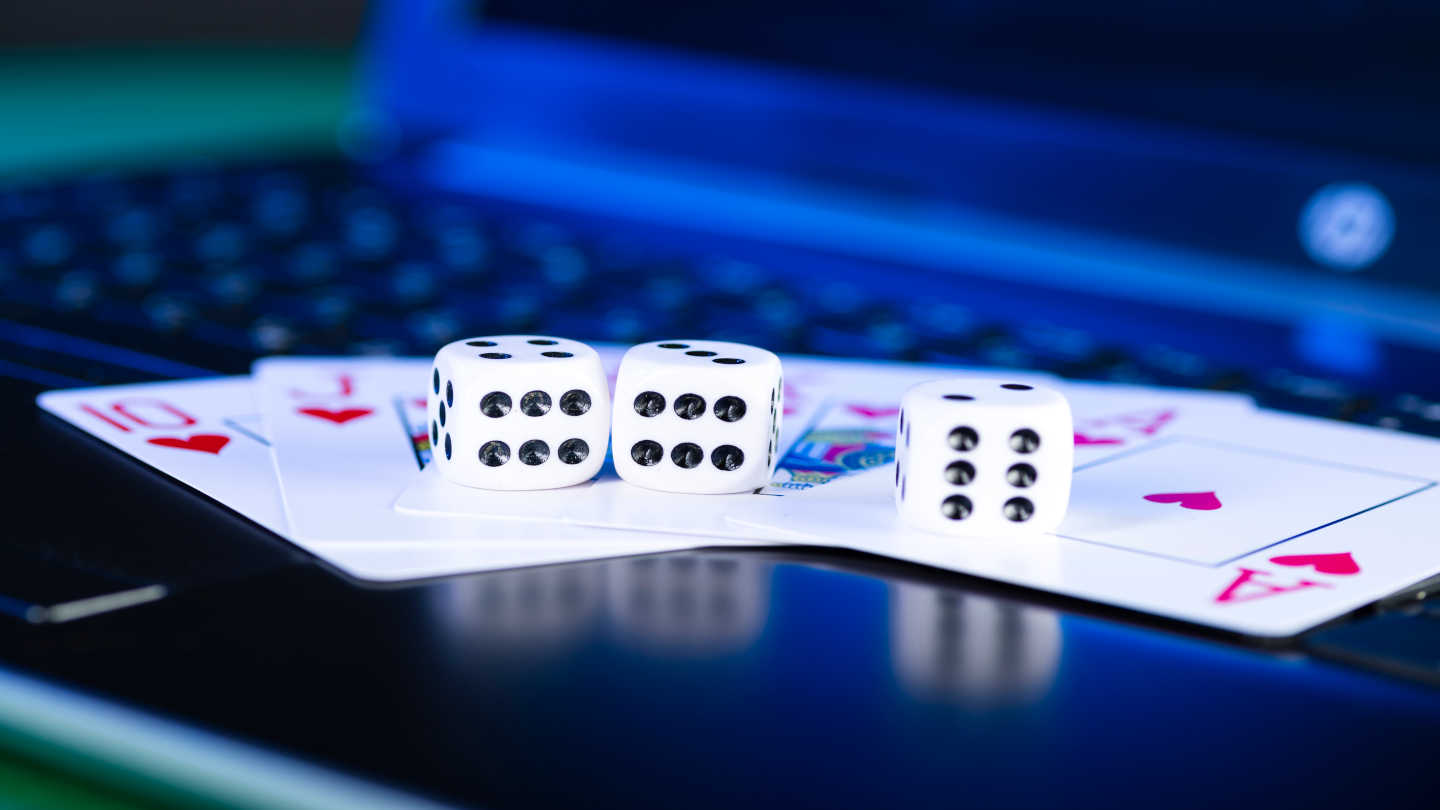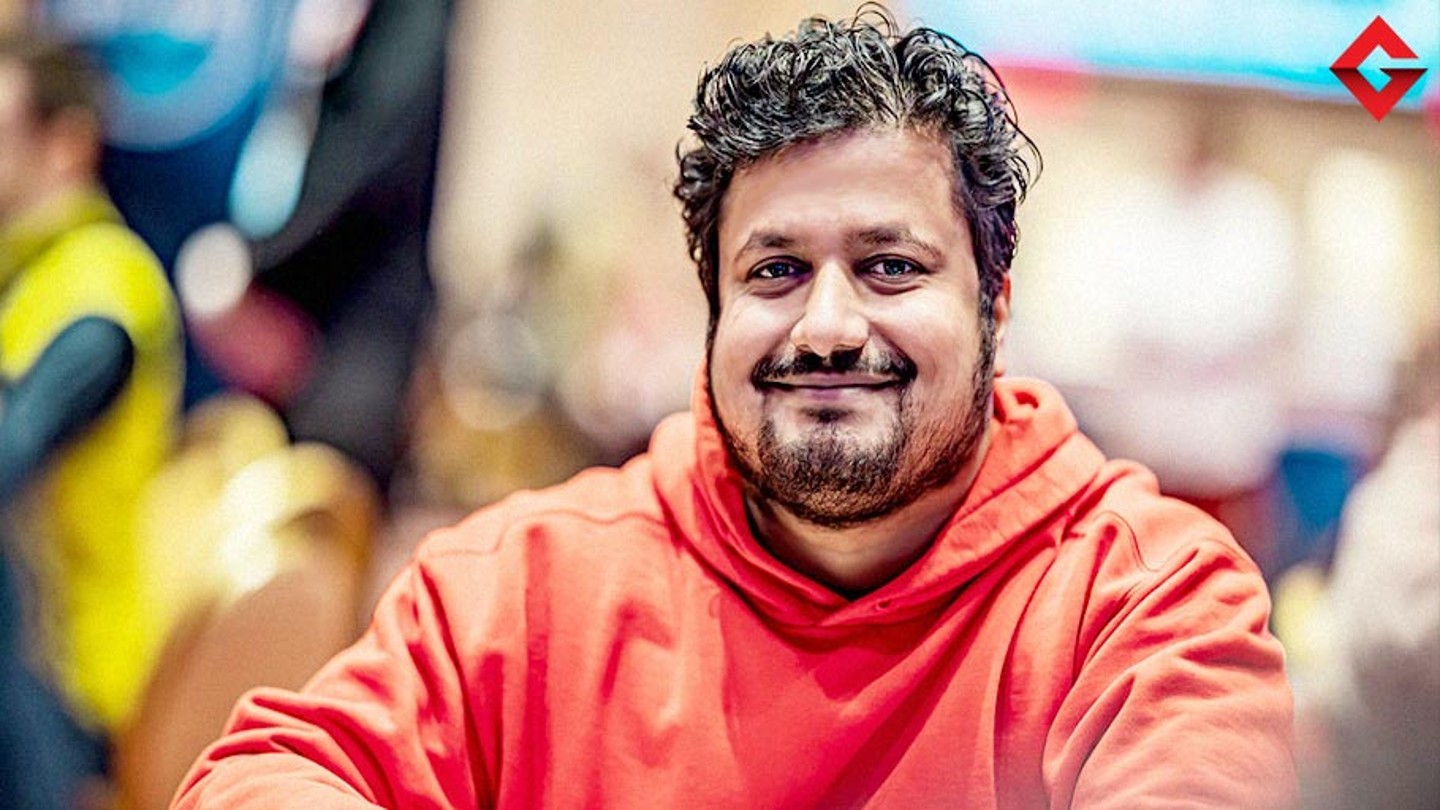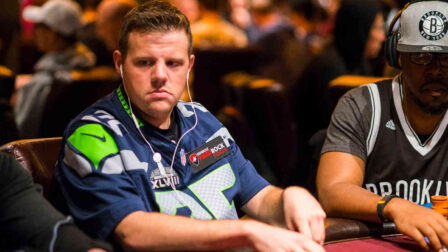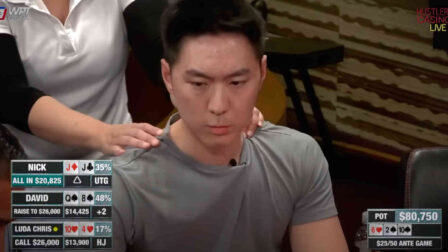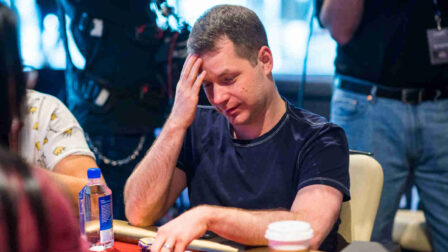Understanding Reverse Implied Odds – Top Tips by Upswing Poker

3 minutes
Last Updated: December 1, 2023
If you want to become the best poker player at the table, make sure to learn from the best and check upswingpoker.com
…
Most poker players are at least somewhat familiar with the concept of implied odds and try to factor them in when making their decisions.
The idea of reverse implied odds isn’t nearly as familiar, though, as this is a tricky concept that’s even harder to gauge than implied odds.
In this article, we’ll try to explain what reverse implied odds are, why you should care about them, and, finally, how to successfully incorporate this concept into your strategy.
Reverse Implied Odds in a Nutshell
Regular implied odds tell you about the amount of money you expect to win on future streets if you make your hand. Reverse implied odds are similar, but you use them to figure out the amount you are likely to lose if you continue in a hand.
This concept may seem a bit abstract, so the best way to explain it is through an example.
Let’s say you’re seated in a $1/2 game with $500 to start the hand. You find yourself with 8♥6♥ on the board reading A♣Q♦5♥3♥ against three other players.
The first player to act leads for $75 into a $100 pot, and both opponents call. The action is now on you, and it seems like you have an easy call with your flush draw and closing the action.
But this is where the concept of reverse implied odds comes in.
You’re not drawing to the nuts, and one of the other players could easily be drawing to a higher flush (especially with the A♥ not accounted for).

So, while your immediate odds to make the call are right, you need to think about the river and what happens when you do make your hand.
If one of the other players bets big, are you really happy to make a call with your middling flush? How often can you raise a smaller bet to maximize your profit?
This is a very good example where the concept of reverse implied odds turns a hand with correct immediate calling odds into a fold. Making your best possible hand in this scenario will probably cost you money in the long run.
Improving Your Game With Reverse Implied Odds
Understanding the idea of reverse implied odds can help you make more profitable decisions and actually construct your hand ranges better.
You will understand what hands are better to continue with on different board textures, even if that may seem counterintuitive at first glance.
For example, let’s look at a big blind defense situation and two different hands, J♠5♠ and 5♠3♠, on the same flop of:
- 10♦9♥5♦
Which of these two hands would you rather continue with facing a continuation bet? With the first hand, pairing your jack on the turn will give you a stronger hand in absolute terms, but the second hand is actually a better candidate to continue with.
This is because with the second hand if your card comes in, it will not complete any draws. In the first scenario, a jack completes several different draws that your opponent can feasibly have, so hitting your “gin” card will lead to losing a sizeable pot.
It’s a Balancing Act
Neither implied nor reverse implied odds are super-exact mathematical concepts. There are many different factors you need to account for when trying to incorporate these ideas into your game.
You have to think about future streets, different cards that could come, and what your opponent might do – and the latter isn’t always the easiest thing to predict.
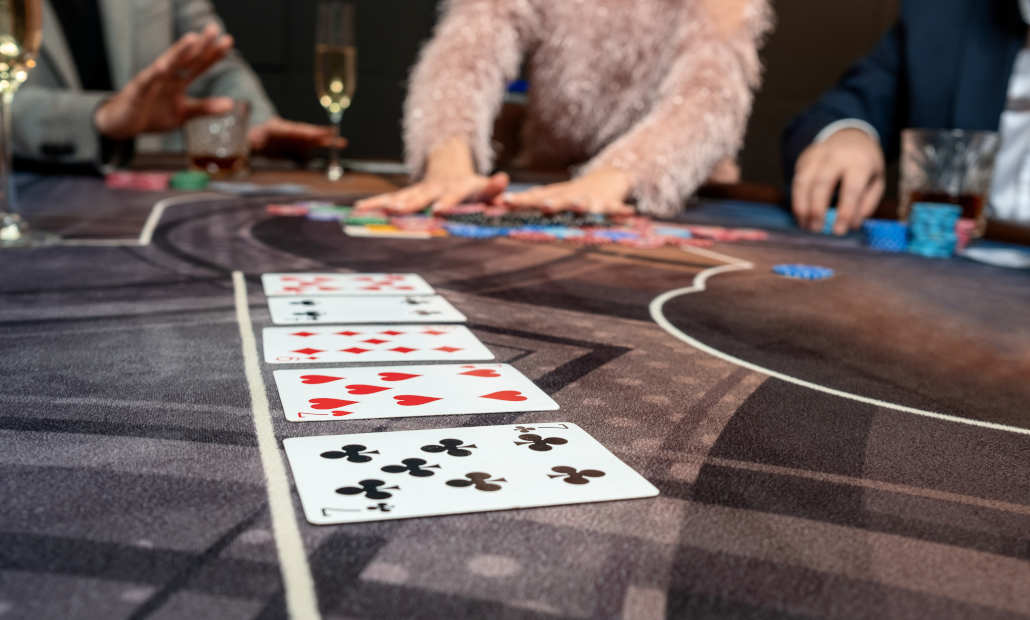
So, like with everything else, you shouldn’t constantly think about reverse implied odds and look for them in every hand you play. Instead, try to be aware of this idea and have it at the back of your mind.
With time, practice, and experience, you’ll become better at recognizing situations where this concept plays an important role.
…
If you’d like to learn more about this topic and pick up some more useful tips for your games, definitely check out the Upswing Poker Lab.



